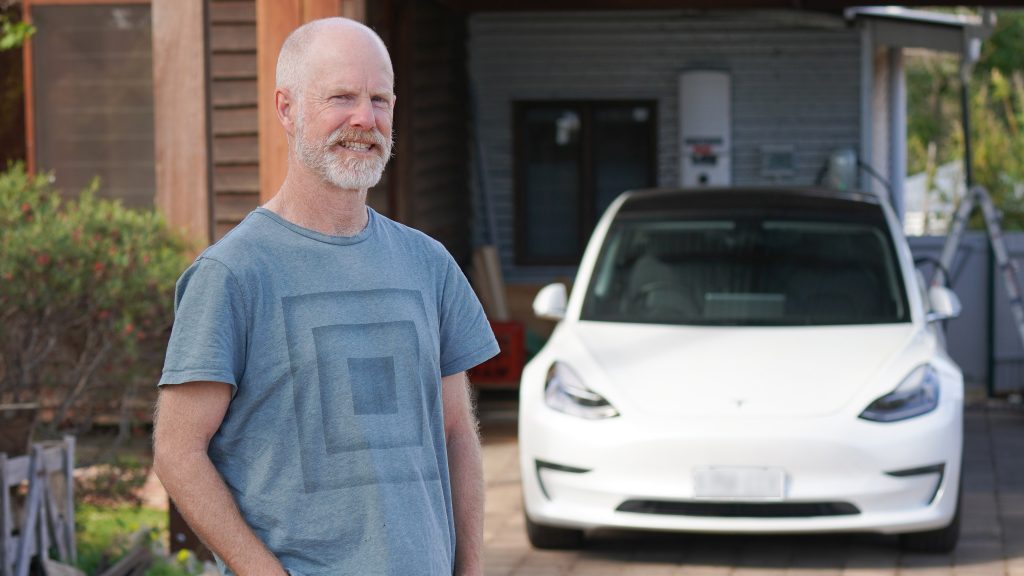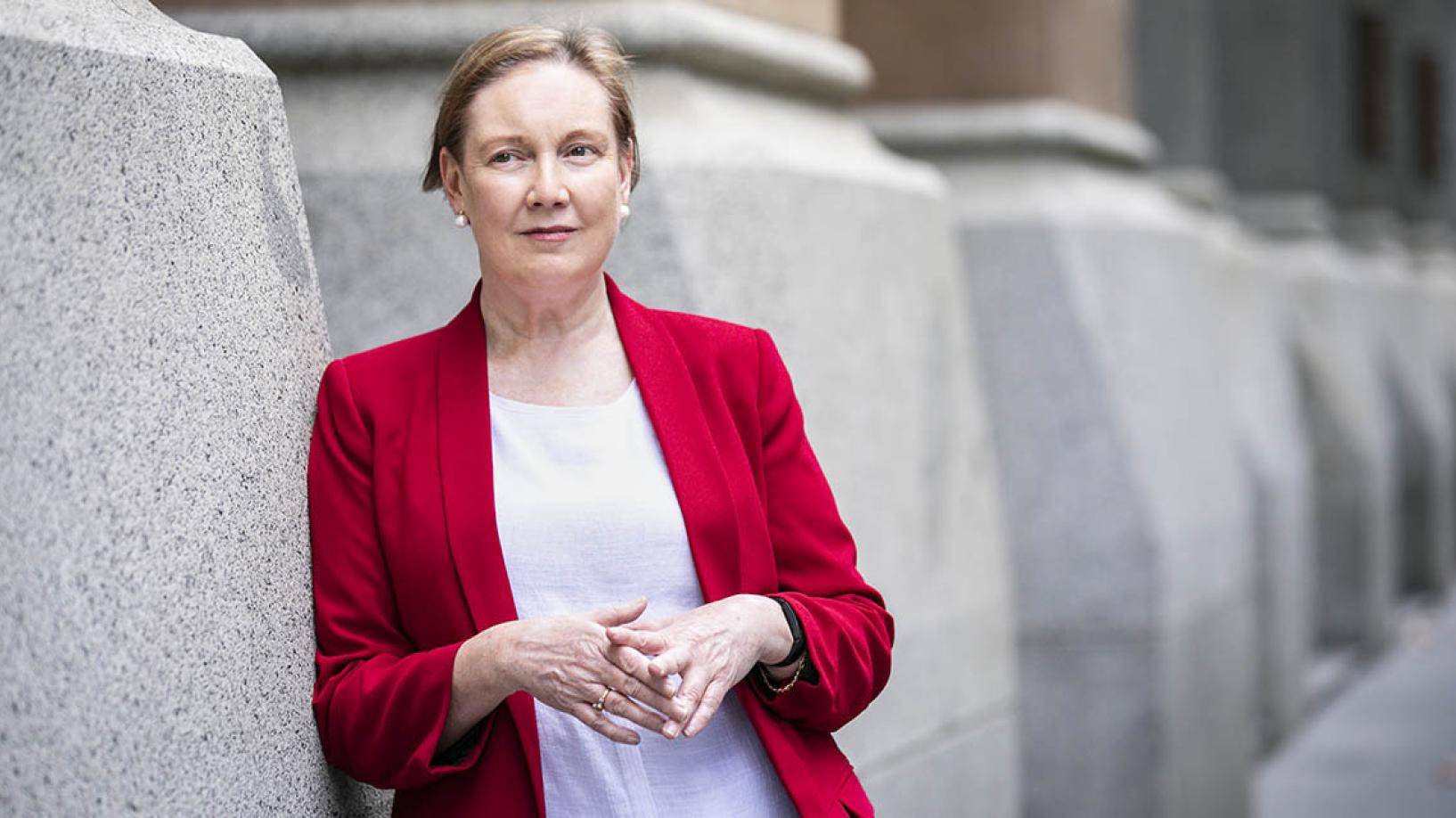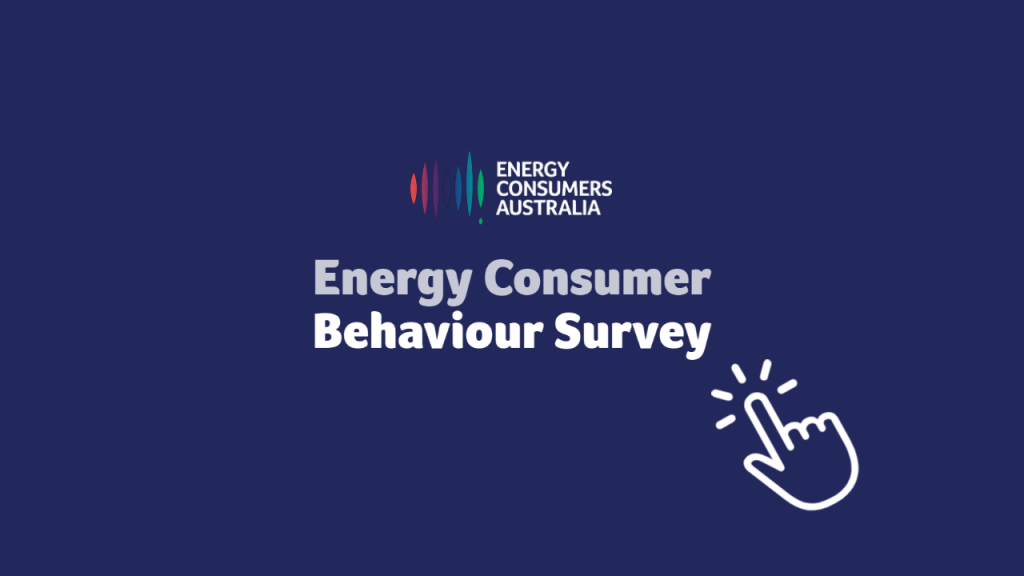If you would like to subscribe to the Energy Consumers Australia mailing list please click here.
From the CEO
Dear Readers,
As I write this to the sound of rain falling on the window and the thoughts of an unseasonably wet summer ahead (thanks La Niña!) – three things come to my mind. Our level of resilience in the face of potential flooding and other climate events, the changing weather as a result of global warming, and the energy efficiency of our homes.
The Climate Council recently announced that in these times we are tending to get more of our rain in the form of heavy downpours, increasing the risk of dangerous flooding. Having endured a pretty wet spring, I do worry about low-lying areas across Australia – which have already been heavily impacted by floods over the past two years. The Australian Energy Market Operator (AEMO)’s 2021-22 Summer Readiness Plan outlines that this coming summer also shows a chance of increased tropical cyclone activity in northern Australia and bushfire risk for large parts of New South Wales. Part of what we are working on here at Energy Consumers Australia is the idea of a future energy system that is more local, more flexible, and ultimately more resilient to climate events and other changes. We ran a webinar earlier this year which explored how the industry can connect and cooperate to respond and ‘build back better’ - helping communities recover and thrive after catastrophic events, moving them from a focus on dependency and rescue to one on resilience and empowerment by providing them with the infrastructure, resources and support they need when disaster strikes. If you missed the webinar, you can catch up here.

Real ways to reduce emissions
It is clear from that discussion that forward planning and taking necessary and urgent action to keep increased temperatures to within 1.5 degrees are crucial and that any additional costs are far outnumbered by the cost of doing nothing. With all governments in Australia committed to net-zero by 2050, the question now is how we do that. It can’t just be by building more infrastructure to carry renewable energy into every home and business around Australia. We also need to make sure our energy system is working smarter and more efficiently, while ensuring families and small businesses have access to the energy they need.
It is hard to imagine that Australia can achieve net-zero by 2050, at the lowest cost, without upgrading the energy efficiency of our homes. Well insulated homes are better, healthier places to live, far more affordable homes to run and play a major role in reducing emissions. More than 8 million ‘leaky’ Australian homes currently contribute between 18-20 percent of Australia’s carbon emissions and making the substantial benefits of energy efficiency available to a wider range of Australians has been and will continue to be a cause we are committed to. We see a clear need for more urgency for targets and a suite of measures and policies to ensure that all homes are decarbonised by 2050.
A coalition of more than 50 community organisations has been active in supporting a national low-income energy productivity plan since 2019 and they recently issued a joint statement calling for lifting the energy efficiency of new homes. Energy Consumers Australia continues to support building the evidence base through partnering with organisations including ACOSS, Renew, QCOSS and Better Renting.
In the next twelve months Energy Consumers Australia will be pushing for change across four key areas (we call these the Four R’s of energy efficient homes).
- Retro-fitting: A campaign to retrofit the 8 million or so of our homes that average an energy efficiency rating of 1.7 stars (compared to a new home, which is commonly at least 6 stars).
- Rental standards: Energy efficiency standards that require landlords to meet a minimum threshold so that the costs of energy inefficiency are not unfairly borne by tenants.
- Residential Building Code: A new version of the National Construction Code is proposed and lifts the standard for new build homes from 6 to 7 stars. It’s important that this proposal becomes law.
- Reporting and disclosure: When consumers inspect a property either to buy or rent it is currently very difficult to get information about how energy efficient it is. This information is highly relevant to the decision to buy or rent that property and should be available. We support initiatives to create a voluntary scheme for such reporting and to move towards a nationally-accredited compulsory scheme.
A 6-star rated home (we are pushing for a 7-star rating to be introduced) means that the year-round temperature, without heating or cooling, stays at or around a stable 23 degrees. By contrast, a tent – where the temperature inside is essentially the same as outside – would have a zero-star rating. An average of 1.7 stars for 8 million Australia homes is a shocking figure and we remain one of the few developed economies that leaves this burden to be faced by consumers almost entirely on their own. Not only this, but our current energy system ensures the people who can least afford it will end up paying most for their energy bills. (You can read about this widening energy divide in our latest bECAuse blog here.) I realise that many different interventions will be needed to help us get to net-zero but improving the quality of our homes is a win-win and getting some traction on the four R’s above will go a long way to achieving it.
Emissions and the energy transition
Another key benefit to enacting energy efficiency measures lies with reducing demand for heating and cooling, which lowers energy prices overall and reduces the risk of blackouts at peak times, leading to a smoother energy transition. This needs to be a focus for decision-makers in the energy industry as, to date, policy making, network and system planning have relied on two assumptions - consumers respond to financial incentives alone and that there is such a thing as an average customer.
Energy is crucial to our comfort, safety and wellbeing and most people will not compromise on their basic needs for the sake of saving some money, and certainly not as an act of generosity to support the grid. We spend far too much time making assumptions about how consumers will respond to financial incentives designed by economists or controls designed by engineers when what we could be doing is asking consumers what motivates them. Turning our attention to how consumers use and value energy, understanding consumer behaviour and their willingness to support their community is essential for developing flexible regulatory frameworks that cater for differences, and better target areas consumers are saying they are willing to engage with.
This is a major part of the reason why we developed our inaugural Energy Consumer Behaviour Survey (ECBS), which we released during November. A companion survey to the regular Energy Consumer Sentiment Survey – the next edition of which will be released next week – the ECBS explores questions around how consumers currently use energy, and their motivation, willingness, and ability to change the way they use energy. This understanding of consumer behaviour is becoming increasingly important as we navigate system requirements with customer preferences. The answers to these questions are critical to inform policy development as we move into a world where energy consumer behaviour is becoming increasingly intertwined with energy system outcomes. Should you have feedback on this new survey, please reach out to us here.
As just one example of this interconnectedness, the same AEMO 2021-22 Summer Readiness Plan includes an additional 2.6 gigawatts (GW) of small-scale solar in their energy supply forecast. It is just another indication of the key role consumers and small businesses are playing to ensure reliability as new records for negative and zero price periods in the NEM continue to be set. AEMO’s most recent Quarterly Energy Dynamics report shows records were set in all regions this year, with negative and zero prices across the NEM occurring 16% of the time - more than double the previous record set in the last quarter of 2020.
It's important to remember that our position as world leaders in installing rooftop solar panels is an amazing opportunity, and one that has come from the actions of consumers. We have another clear-cut opportunity to tip the scales by incentivising zero-emission vehicles and making them an obvious choice for everyone’s next new car purchase. Electric vehicles are an asset all of us in the energy space are excited about for the great things they can do - the benefits in capacity utilisation of the grid and reductions in electricity prices are substantial, not to mention reducing 18% of our total emissions. But again, consumers are looking for a clean, reliable, and safe car with a good driving experience and not a large battery to soak up excess energy from the grid at peak times. Consumers tell us that it is the price and lack of choice that delays significant uptake and the later we remove these barriers (see this useful piece from the Grattan Institute on that here), especially as products and services are complex and information is not transparent and accessible, the harder and more expensive it will be to inspire this necessary change.

Understanding and engaging with consumers
During November we also expanded on the Energy Networks Consumer Engagement Awards (congratulations again to winners Powerlink Queensland) by co-hosting a webinar with Energy Networks Australia. There, we released the Judging Panel Insights – outlining the actions and impacts which have consistently led to successful consumer engagement outcomes. In the short five years since the awards began in 2017, the standard of consumer engagement has skyrocketed as network businesses consciously incorporate consumer values, expectations and needs into their everyday practices. By sharing the learnings from both the shortlisted projects and the overall decision-making, we hope to spread awareness of what makes good consumer engagement and to inspire all network businesses to implement these examples of best-practice processes.
In less positive news, we are hearing increasing accounts of consumers receiving high energy bills based on estimations rather than meter readings. What should you do if you get such a bill and disagree with the estimation? We provide details on our website about how to contact your retailer. If you do so, and the complaint is not resolved we also provide details of how to contact the ombudsman in each state and territory.
News from HQ
As we approach the end of the year, we are delighted to announce the approval of funding for a number of new grants. I was particularly pleased to see a focus on small businesses who have been doing it tough with the impacts of the pandemic. Check out our successful applicants and their projects here. If any of the above issues have piqued your interest or you have a great idea or project of your own that will benefit the long-term interest of energy consumers – I am pleased to say our next grants round will open on December 13. All you need to know about applying for a grant can be found here.
We are proud to be a silver sponsor of the State of Energy Research Conference which is currently underway. I am one of three keynote speakers and will be discussing how researchers can make sure they are producing work that meets consumer values, needs and expectations tomorrow on day two.
In staff news, we are in the process of interviewing a Senior Policy Associate to join our Energy System Transitions team and look forward to starting the new year with a full ECA compliment. By that time, we should also be in our new office, which is progressing well under the watchful eye of our Corporate and Strategy colleagues. We also said goodbye and thank you to six of our outgoing Reference Committee members (Gerard Brody, Craig Memery, Dale Holiss, Sebastian Klein, Carmel Franklin and Robert Mallett) and welcomed our new Reference Committee members (Thuy Nguyen, Prof Neil Horrocks, James Colbert, Dr Phillipa Watson, Simon Moore, Gabrielle Sycamore, Dr Georgina Davis, Geoff Buchanan) who will join remaining members Fiona Simon, Justine Jarvinen and Ross Womersley. We look forward to adding their diverse views and inputs to our future work on behalf of the consumers they represent.
Unfortunately: as we continue to battle the impacts of COVID-19 as a new variant rears its head, we have made the decision to delay an in person Foresighting Forum until 2023. We will be running another interactive online event in early 2022, around April, and will be in touch with further information and final dates.
This will be my last full form letter of the year as we all take a much-needed break for the summer holidays. I would once again like to sincerely thank everyone of my team-members and wider industry colleagues for producing such extraordinary work in an intense and challenging year. We have continued to be a supportive and collaborative partner for change with our many peers and stakeholders in the energy system, always doing so from a point of view that is grounded in consumer experience, needs and expectations. Our Annual Report is a good place to check out our achievements during 2020-21.
That’s all for now, as always, we appreciate your feedback and inputs to our work and strategic direction. Feel free to email us here.
Until next year!
Lynne Gallagher
Chief Executive Officer


